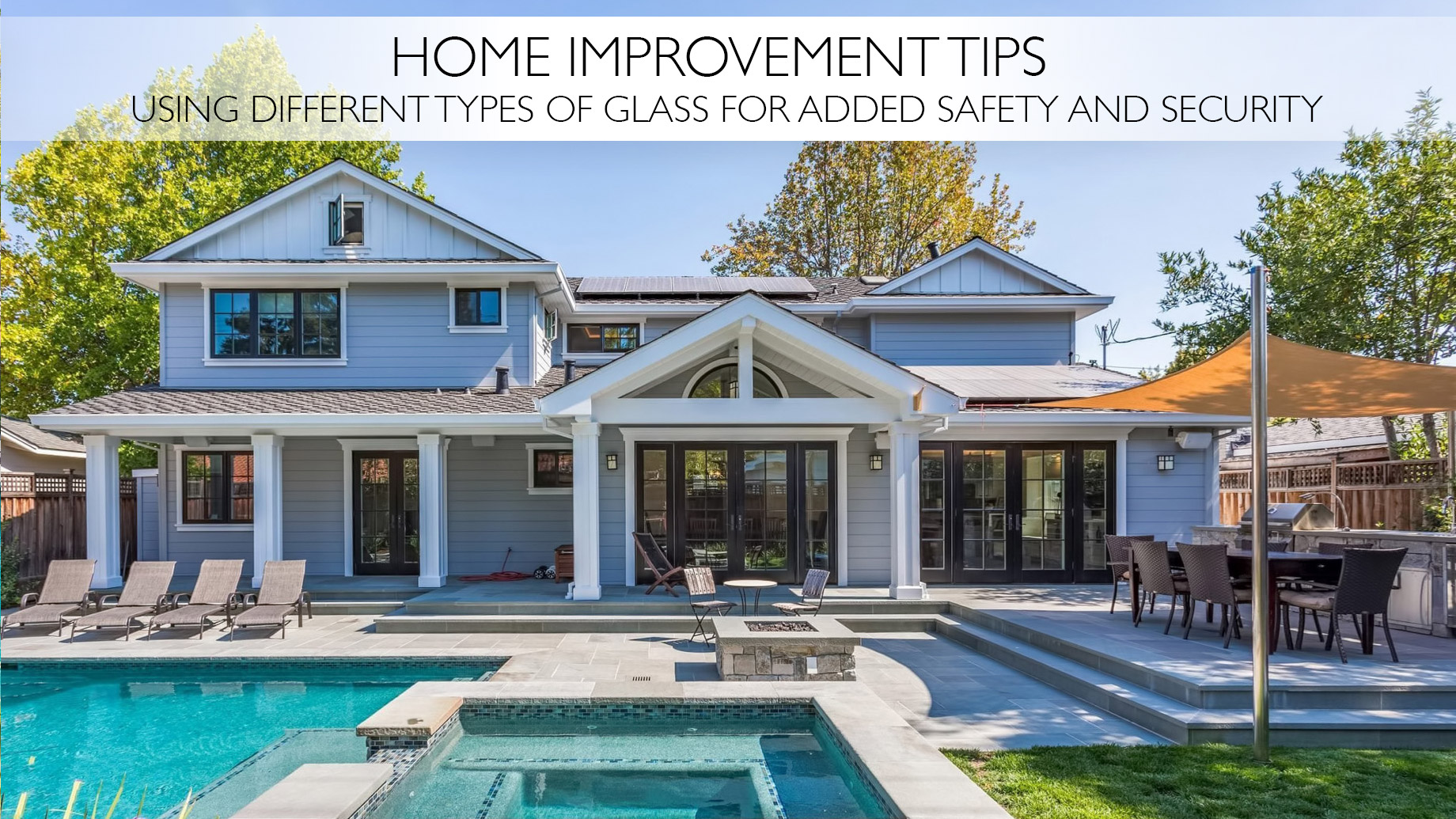
Your home is the shelter of you and your family, so you should never compromise on its protection and safety. People strive to protect their families by providing a harm-free environment and assuring the security of their loved ones to the fullest. If you are looking to maximize your home safety against potential break-ins and burglary, there are plenty of options for you to consider that will protect your family. People are usually simply investing in home security systems, but you can add another level of safety and security to your property by upgrading to high-quality glass for your exterior windows, etc.
Here are some examples of different types of glass that can add to your home’s safety and security.
Laminated Glass – Perfect for Safety Purposes and Protection against Harmful Rays
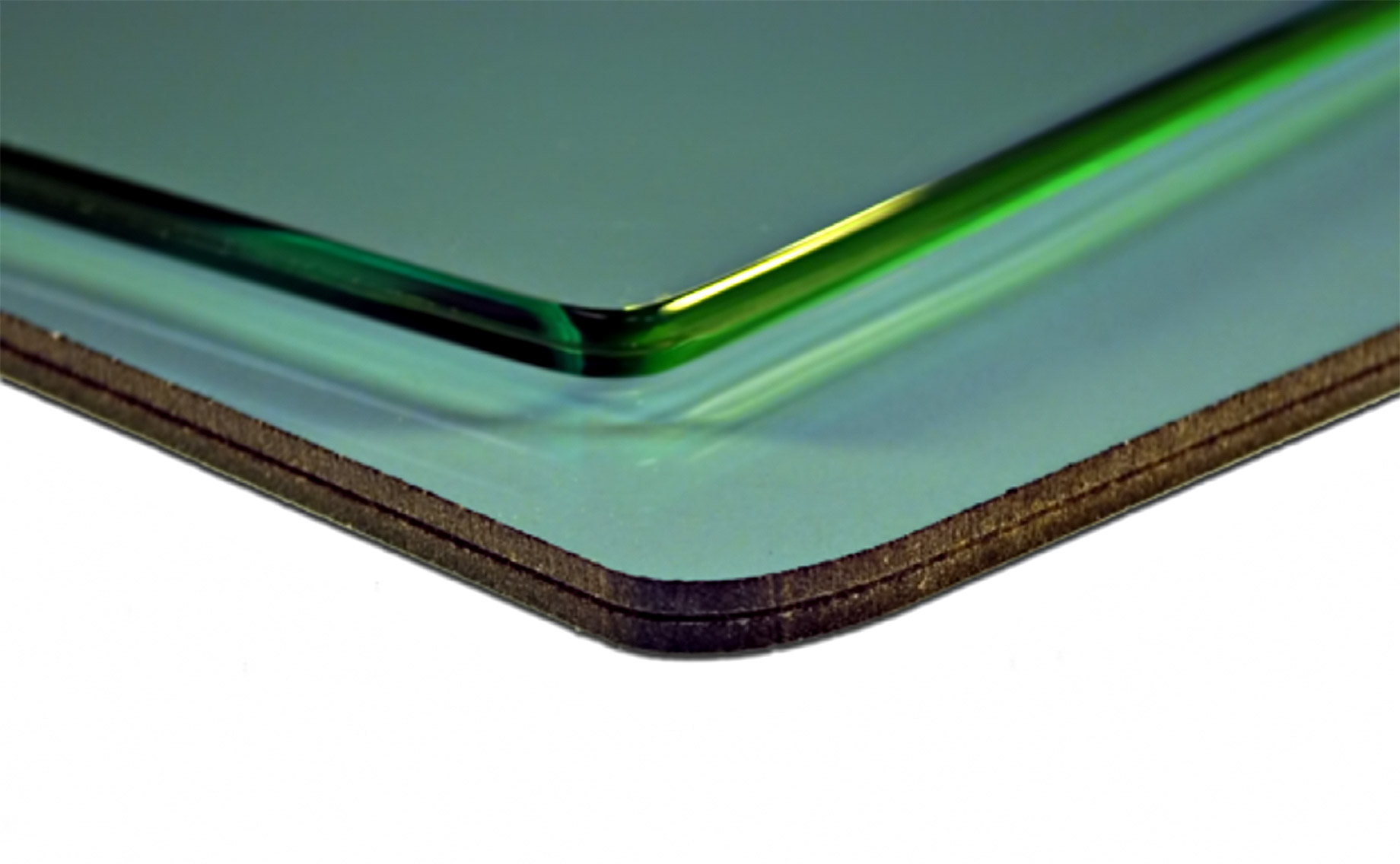
This can be one of the best choices for security reasons. If the glass on your existing frame is broken, this glass comes to the rescue. This safety glass is very durable and is created by the fusion of inner layers of PVB (polyvinyl butyral) with at least two panes. The super strong panel is produced by the highest heat pressure in the fusion process. Modern Windshields are often made up of these glasses because of their extensive hold-up and profound impact on safety. This way, occupants are saved from collateral damages of car accidents, etc. Other benefits of laminated glass are:
- Protects your home from UV light up to 99%.
- Readily available for your emergencies because of more extensive stocks in the market.
- Enhanced with the properties of sound reduction.
- After lamination, it can still be cut desirably, and edges can be polished likewise.
- Keeps the structural integrity and refrains from shattering apart.
Laminated glass is a durable glass is expected to protect your home from any unusual circumstances such as burglary or theft etc.
Tempered Glass – Ultimate Choice for Safety Purposes
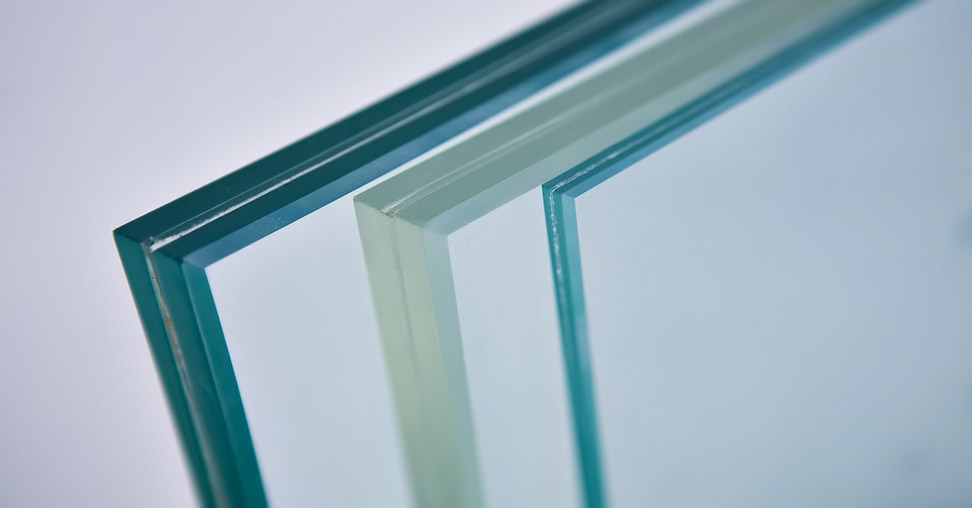
Laminating and tempered glass is considered “safety glazing materials” because of their diversified uses in hazardous places. Tempered glass is also one of the most durable glasses that is created by the intense cold and heat procedure of ordinary glass pieces in a tempering furnace. It is heated to around 1200 degrees and then cooled promptly, that is generally referred to as a process of quenching. This quenching procedure makes the glass become 4-5 times stronger and durable than its original form. Tempered glass is more resistant to breakage and causes less damage and harm when broken than non-tempered glass. To make your home safe, tempered glass selection can make huge differences in your home security.
Float Glass – Provides Strength and Toughness To Windows

Float glass is one of the best and high-quality glass. The formation of long flat panels is done by the use of molten glass. The procedure of floating (hence the name float glass) makes use of raw materials like soda ash, sand, limestone, and lime dolomite. The materials are then burned at a high temperature in the furnace to form the clear float glass. The float glass floats on the molten tin that produces the most extensive and smoothest panel of the glass. It is then cooled down and is cut according to the desired shape, and is ready to be framed for your window. This glass is famously dominant worldwide because of its
- Hardness, toughness, and transparency
- Non-porous and non-absorbent properties
- Low thermal conductivity and expansion
- Supports a great amount of pressure
- It can be diversely used for glass doors, windows, etc.
- Low in cost
Obscured Glass – Chic Yet Fulfils All Your Safety Needs

This type of glass allows certain light to pass through but in a vague manner. The obscure glass comes with practical as well as aesthetic benefits and is becoming increasingly popular among interior designers and architects. Despite its beautiful finishing and appearance, this glass is perfect for the safety and security of your home. With its image-distorting property, you can ensure no one can peek into your house. You see the vaguest shadows behind this glass in addition to being fascinated by its elegant look. Therefore, it is most commonly used in entry doors, bathroom doors, and windows, shower doors, etc.
Annealed Glass – Perfect Choice for Architects
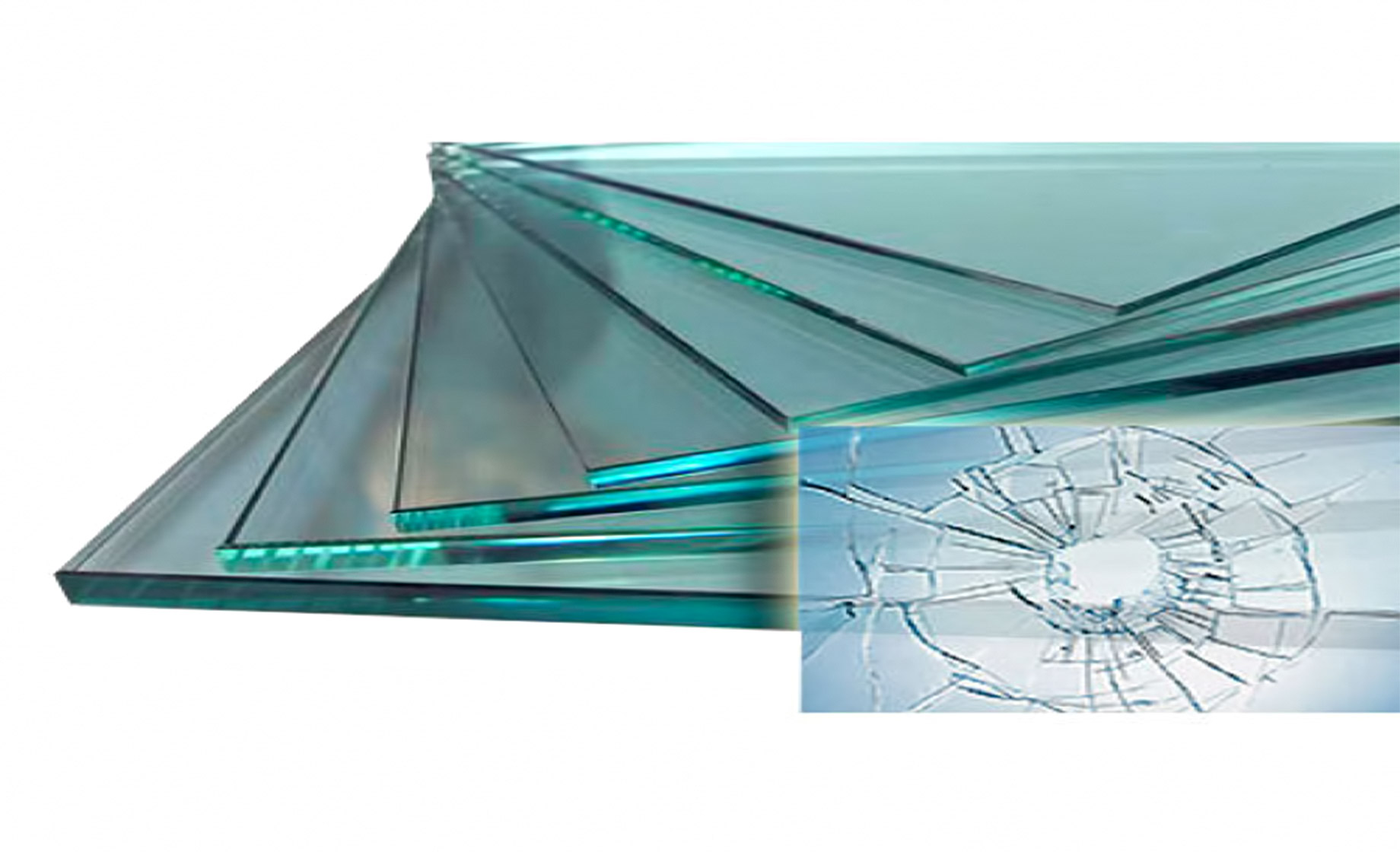
This glass is produced by the controlled, meticulous, and slow processing of float gas that relieves any internal stressors. It is one of the most common types used in windows and is considered the standard float glass sheet. It is mostly used in architectural applications due to its thermal stress-resistance property and wind-load performance. This glass is extremely less in cost and is perfect to be used in places where there is less risk of injury or breakage. Basement windows and window panes mostly make use of this glass.
Tinted Glass – Protects From Harmful Rays

This glass is exceptional for its blockage of UV rays and visual privacy properties. Tinted glass reduces the transmission of solar energy through the glass, changes the color of the window, and reduces the glare from illuminating outdoors. In addition to reducing sunlight heat and harmful UV rays, it adds an aesthetic sense to your home exterior and makes it efficient for privacy purposes. They are considered the best heat absorbing glass and adds color pigment to the windows.
Wire Glass – The Best Fire-Resisting Glass
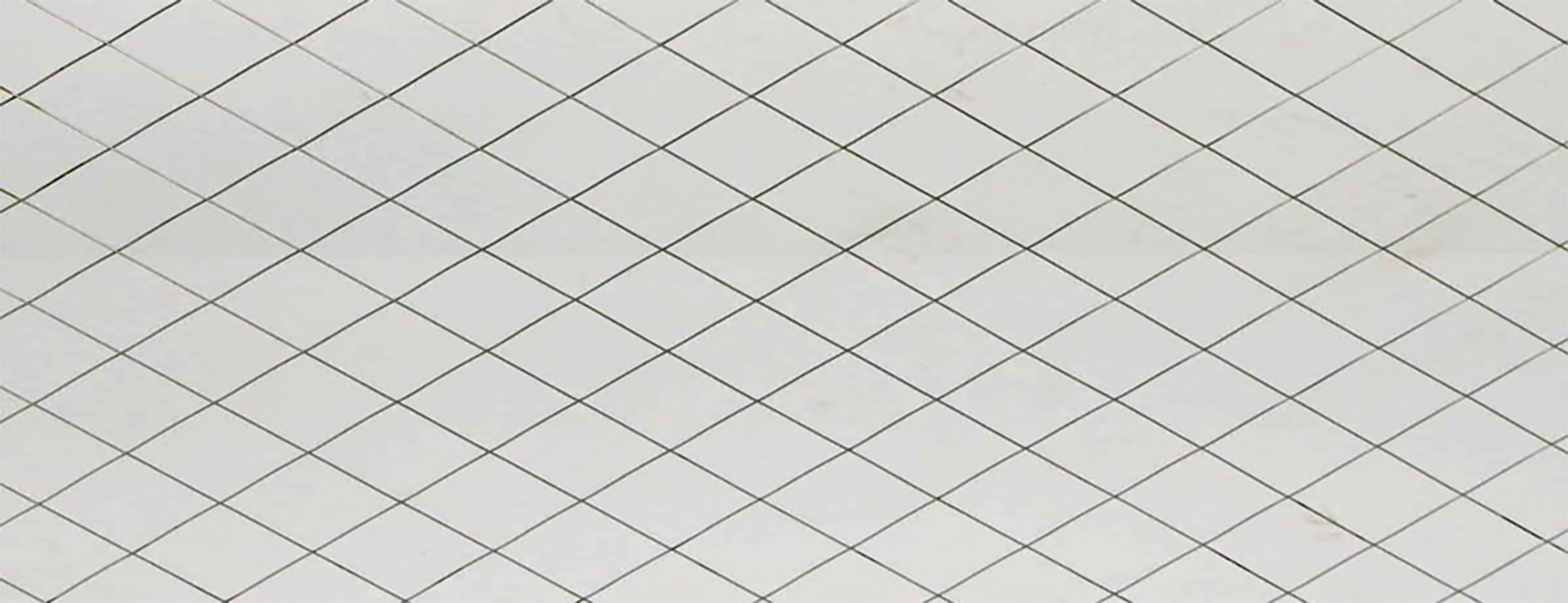
Before the entry of glass into the rollers, welded wire net is fed to the molten glass prior to producing this sturdy wire glass. It is generally considered a fire-resisting glass and is mostly used in homes, hospitals, schools, and other buildings. The wire in the glass holds its frame and doesn’t let it shatter in hazardous situations.
Insulated Glass – Provides Optimal Temperature in Home

Argon is sandwiched between two or three panes of insulated glass. Insulated glass is considered top-ranked for its energy efficiency and maintenance of the optimum temperature inside the home by insulating outdoor temperature. They can even be coated with IGUs for maximum performance and conserving energy. This is an excellent choice for a home’s exterior and to keep a balanced temperature inside the home by providing insulation from the extreme temperatures outside.